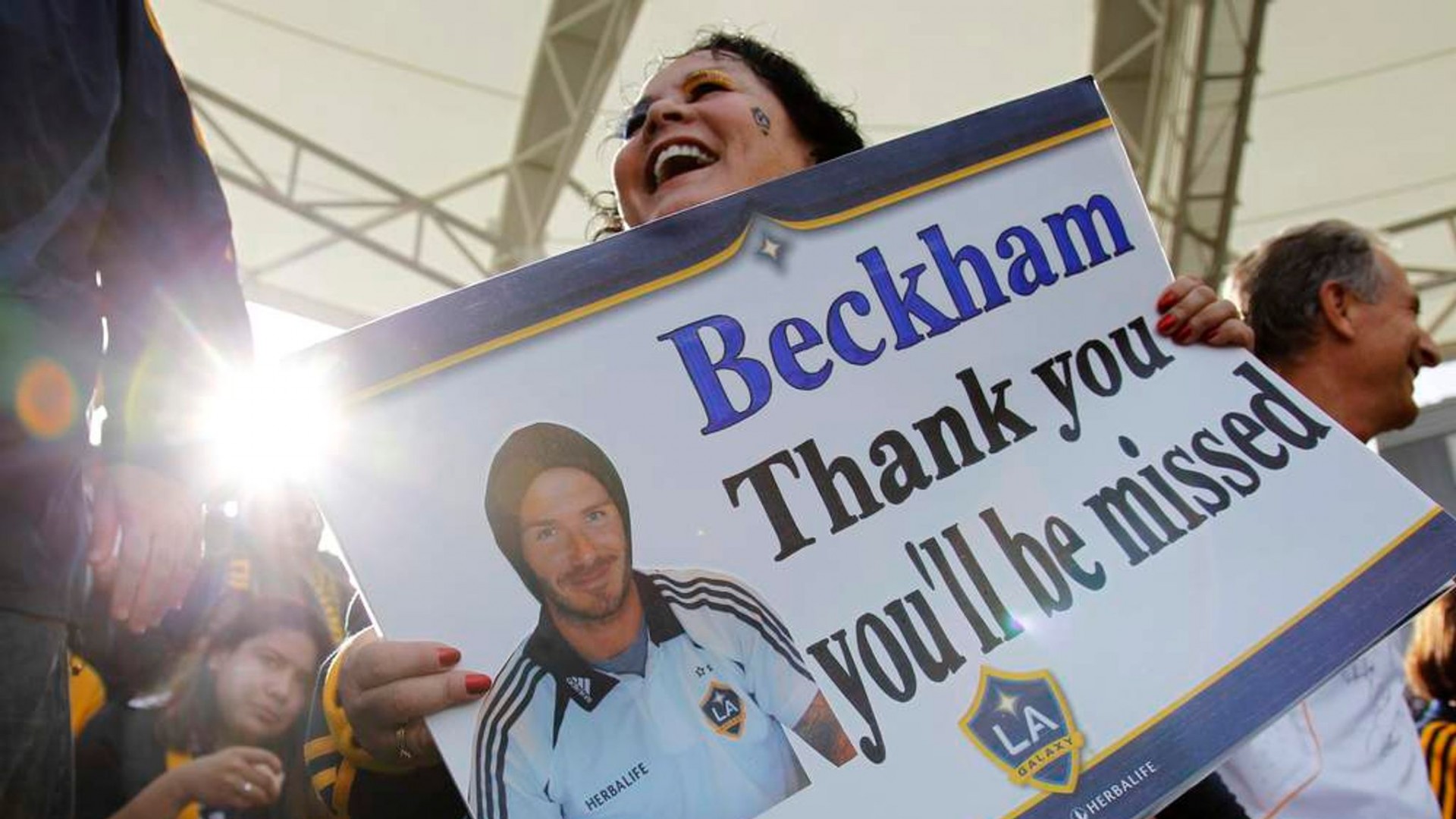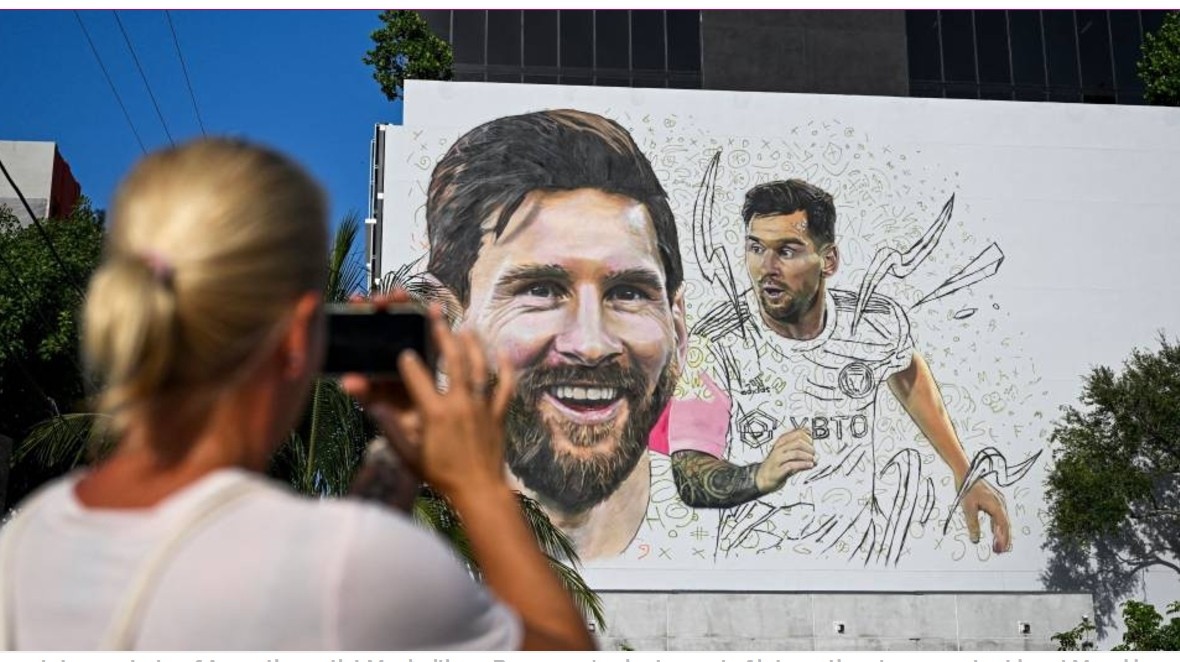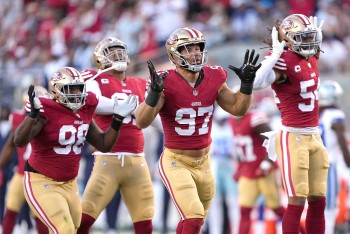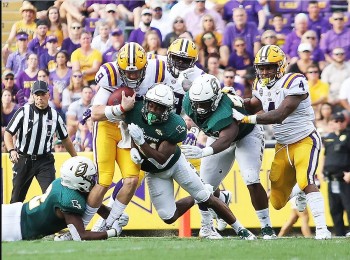Why Americans are falling in love with Soccer
But now, something remarkable is happening: the United States is catching soccer fever. The sport, once dismissed as “that thing Europeans do,” is no longer the awkward cousin at the American sports table. Let's dive into the cultural shift, compare it to the past, and explore why Americans are finally embracing soccer with open arms (and maybe still some confusion about offsides).
 |
| Fans cheer as Inter Miami forward Lionel Messi (10) waits for a corner kick during the second half of an MLS soccer match |
A Look Back: When Soccer Was the Butt of the Joke
Go back 20 or 30 years, and the story was quite different. Soccer was viewed as a niche activity, played mostly by kids in suburban youth leagues, who inevitably “graduated” to baseball or basketball by middle school. Major League Soccer (MLS), which launched in 1996, struggled to attract top talent or even dedicated fans. Games were sparsely attended, stadiums were half-empty, and the league was often mocked for being irrelevant compared to Europe’s top competitions like the English Premier League (EPL) or Spain’s La Liga.
Even the U.S. Men’s National Team (USMNT) was, let’s be honest, a source of more heartbreak than pride. Sure, there were bright moments, like reaching the quarterfinals of the 2002 World Cup, but for the most part, Americans weren’t exactly glued to their screens during soccer matches.
Fast forward to today, and soccer is on fire in the U.S. What changed? Oh, so much.
 |
1. Success on the Global Stage: The USWNT and the Men Are Catching Up
Americans love winners, and if there’s one team that knows how to win, it’s the U.S. Women’s National Team (USWNT). With four World Cup titles and a string of Olympic gold medals, the USWNT has been a dominant force in global soccer. Stars like Megan Rapinoe, Alex Morgan, and Carli Lloyd became household names, and their success inspired a generation of soccer players—both girls and boys.
The men’s team, while still climbing the ladder of global competitiveness, has had its share of breakthroughs too. The USMNT’s qualification for the 2026 World Cup as a co-host (along with Canada and Mexico) has reignited hope. Young talents like Christian Pulisic (aka “Captain America”), Weston McKennie, and Gio Reyna are proving that Americans can compete with the world’s best. In fact, many of these players now star in top European leagues, a far cry from the days when American players were seen as second-tier talent.
READ MORE: Why Americans Adore Lionel Messi: From Celeb to Superheroe
2. The Messi and Beckham Effect: Stars Bring the Spotlight
It’s impossible to talk about soccer’s rise in the U.S. without mentioning two global icons: David Beckham and Lionel Messi.
When Beckham joined the LA Galaxy in 2007, it was a game-changer. The English superstar brought not just talent but also glamour, paparazzi, and a certain British swagger. Suddenly, MLS wasn’t just for aging players looking for one last paycheck—it became a destination for stars who wanted to expand the sport’s appeal in America. Beckham’s arrival paved the way for others, like Thierry Henry, Zlatan Ibrahimović, and more recently, Lionel Messi.
 |
| Lionel Messi sheds light on life in US after switch to Inter Miami |
Ah, Messi. When the GOAT (Greatest of All Time) signed with Inter Miami in 2023, it was as if the soccer gods said, “Let there be hype.” Messi’s debut matches were must-see events, drawing celebrities, skyrocketing ticket prices, and breaking streaming records. The Messi effect isn’t just about Inter Miami’s success—it’s about turning casual observers into lifelong fans.
3. Major League Soccer: From Laughingstock to Serious Business
MLS has come a long way since its early days. Today, the league boasts 30 teams, including expansion franchises like Charlotte FC and St. Louis City SC, with more on the way. The league’s stadiums are packed, and the quality of play has improved dramatically, thanks to a mix of homegrown talent and international stars.
And let’s not forget the money. MLS is now valued at over $1 billion, and broadcasting deals with Apple and other networks have taken the league global. This financial growth has allowed MLS to invest in youth academies, creating a pipeline for future stars. It’s no longer just a retirement home for aging European players—it’s a proving ground for the next generation.
4. Immigrants and the Melting Pot of Soccer Culture
One of the biggest reasons soccer is thriving in the U.S. is its diverse population. With millions of immigrants from soccer-loving countries like Mexico, Brazil, and Nigeria, the sport has a built-in audience. For many of these communities, soccer is more than a game—it’s a way to connect with their heritage and pass on traditions to the next generation.
 |
| A woman takes a photo of Argentine artist Maximiliano Bagnasco's giant mural of international soccer star Lionel Messi in Wynwood, Miami’s art district, in Miami, Florida |
Events like the FIFA World Cup have become massive cultural moments in cities like Los Angeles, Miami, and Houston, where fans from around the world gather to celebrate their teams. The 2026 World Cup, hosted by North America, is expected to be the biggest and most-watched edition in history, and you can bet that American fans will be part of the action.
5. Streaming and Social Media: Soccer Is Everywhere
Another factor driving soccer’s popularity is accessibility. Thanks to streaming platforms like Apple TV, NBC’s Peacock, and ESPN+, fans can watch matches from the EPL, La Liga, Bundesliga, and more from the comfort of their homes. Gone are the days of struggling to find a channel showing a match—now, soccer is just a click away.
Social media has also played a huge role. Viral clips of Messi’s free kicks or Pulisic’s heroics spread like wildfire, creating buzz and drawing in new fans. TikTok, Instagram, and YouTube have turned even casual observers into die-hard supporters, as they follow their favorite players’ lives on and off the pitch.
6. The American Twist: Tailgates, Tifos, and the Soccer Experience
Americans have found ways to make soccer their own. Tailgating, a staple of American sports culture, has been adapted to MLS matches, with fans grilling burgers and blasting music before games. Supporters’ groups like the Seattle Sounders’ Emerald City Supporters or Atlanta United’s Terminus Legion bring unmatched energy, complete with tifos (giant choreographed banners), chants, and a party atmosphere.
Soccer has also benefited from its family-friendly vibe. With shorter game times (90 minutes plus halftime), soccer fits perfectly into busy schedules, unlike some other sports that can stretch on for hours. Parents love it, and so do kids.
 Why Is Football Not Popular In America and Why Called Soccer? Why Is Football Not Popular In America and Why Called Soccer? |
 Top 10 Best Soccer Ball Brands In The World Top 10 Best Soccer Ball Brands In The World |
 Who is Mauricio Pochettino, new head coach USA soccer team: Bio, Style and Interesting Facts Who is Mauricio Pochettino, new head coach USA soccer team: Bio, Style and Interesting Facts |
7. A Global Game for a Global Generation
Perhaps the biggest reason for soccer’s rise in the U.S. is generational change. Younger Americans, raised in an era of globalization, see soccer as a sport that connects them to the world. They follow teams like Manchester City, Real Madrid, and Bayern Munich with the same passion that their parents had for the New York Yankees or Dallas Cowboys.
This global perspective is reflected in the diversity of MLS teams and fans. Soccer is no longer “foreign” to Americans—it’s a sport that belongs to everyone.
So, What’s Next?
As the U.S. gears up for the 2026 World Cup, expect soccer’s popularity to reach new heights. With more players starring overseas, MLS continuing to grow, and the cultural melting pot of America embracing the sport, the future looks incredibly bright.
And who knows? Maybe by 2030, Americans will finally stop calling it “soccer” and join the rest of the world in saying “football.” (Okay, let’s not push our luck.)
FAQs
1. Why did Americans traditionally ignore soccer?
It wasn’t part of the cultural fabric, and other sports like football, baseball, and basketball dominated.
2. What role did immigrants play in soccer’s rise?
Immigrant communities brought their passion for the sport, creating a foundation for soccer culture in the U.S.
3. Is MLS as good as European leagues?
Not yet, but it’s closing the gap, thanks to better players, coaching, and investment.
4. What is the “Messi effect”?
Messi’s arrival in MLS brought unprecedented attention, ticket sales, and new fans to the league.
5. Why is the 2026 World Cup important for the U.S.?
As co-hosts, the U.S. will have a chance to showcase its growing soccer culture to the world.
6. Which American players should I watch?
Christian Pulisic, Weston McKennie, and Gio Reyna are some of the biggest names.
7. Is soccer overtaking American football?
Not yet, but it’s gaining ground, especially among younger generations.
8. How has social media helped soccer?
Platforms like TikTok and YouTube have made soccer stars more relatable and accessible to fans.
9. Are there any downsides to soccer’s growth?
Some purists worry about commercialization, but most see it as a net positive.
10. What’s the best way to get into soccer as an American?
Start by following MLS or the EPL, join a local supporters’ group, and embrace the culture!
































